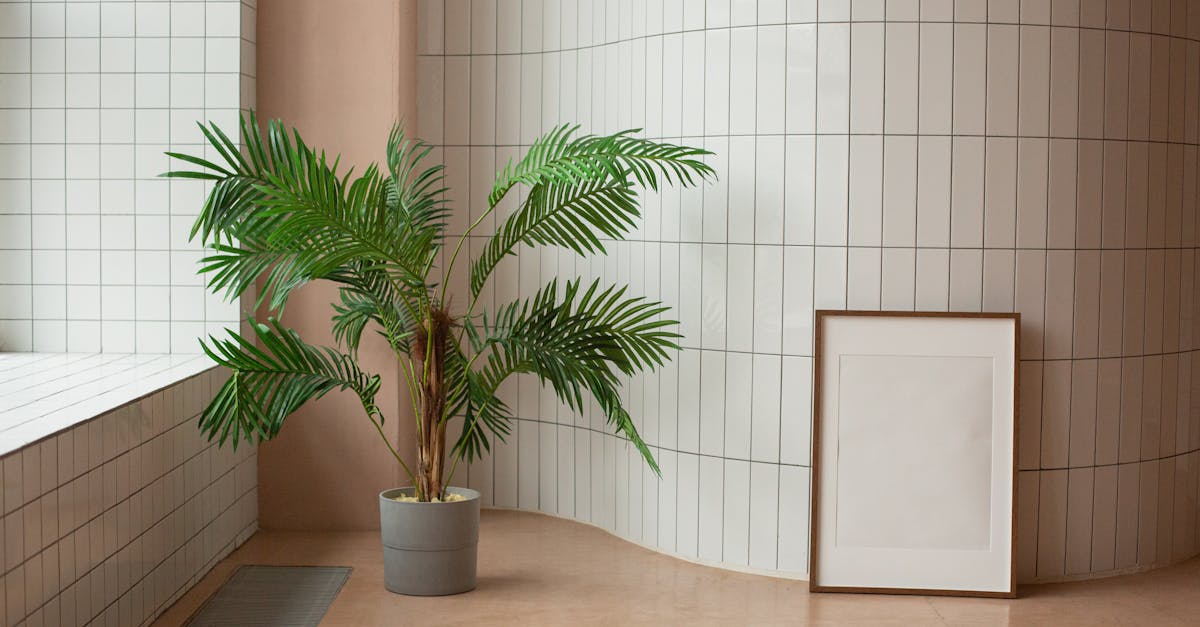Key Takeaways
- Choose plants for a border based on sun exposure, soil type, and desired look, including perennials for their longevity and variety.
- Research plant height, color, and blooming season before purchasing to ensure a well-rounded and visually appealing border garden.
- Design the border layout by considering plant height, color, and blooming season to create layers, mix colors, and balance blooms for a harmonious appearance.
- Incorporate a mix of foliage, flowering plants, and grasses to add texture and attract pollinators to the garden.
- Create visual interest with colors and textures by experimenting with vibrant hues, foliage textures, and plant heights to design an eye-catching border.
- Maintain and care for border plants by regular watering, removing weeds, pruning, fertilizing, and monitoring for pests and diseases to ensure plant health and growth.

Choosing the Right Plants
When selecting plants for a border, we consider various factors like sun exposure, soil type, and desired look.
We opt for perennials since they come back each year.
It’s critical to pick plants that complement each other, ensuring a harmonious and so appearance.
Research is key before visiting the nursery. We take note of the height, color, and blooming season of each plant. It’s smart to include a mix of different bloom times to enjoy your border’s beauty year-round.
We aim for a mix of foliage plants, flowering plants, and grasses for texture diversity. We also think about the pollinators we want to attract to our garden.
Interested in learning more about plant combinations for a stunning border? Check out our guide on companion planting for some inspiration.
Looking to add some structural appeal to your border? Investigate different varieties of ornamental grasses that can enhance your garden world.
Designing a Border Layout
When designing a border garden, it’s important to consider plant height, color, and blooming season for a harmonious look.
- Create layers: Place taller plants at the back and shorter ones in the front for depth.
- Group colors: Mix shades for a vibrant display.
- Balance blooms: Choose plants that flower at different times for year-round appeal.
Incorporate a mix of foliage, flowering plants, and grasses to add texture and visual interest to the border.
Visit local nurseries to get inspired before making selections.
Research online for plant ideas too!
For more inspiration, check out this article on border garden design principles.

Creating Visual Interest with Colors and Textures
When it comes to color and texture in your border garden, we aim for a captivating display. We mix vibrant hues and different foliage textures for an eye-catching effect. By pairing complementary colors and combining varying leaf shapes, we create a visually appealing world.
To add depth, mix plants of different heights and textures.
Taller plants at the back provide a backdrop, while shorter ones at the front add interest.
Experiment with different combinations to find what works best for your garden.
For more ideas on how to enhance your border garden with colors and textures, check out these inspiring plant combinations from Better Homes & Gardens. They offer a wide range of color schemes and texture contrasts to enhance your garden design.
Maintaining and Caring for Border Plants
When it comes to Maintaining and Caring for Border Plants, regular watering is important – don’t let them dry out! Remove any weeds to keep your plants healthy. Pruning is important for shaping and encouraging growth. Be sure to fertilize as needed to provide important nutrients. Monitor for pests and diseases regularly to catch any issues early.
To learn more about specific care tips for various border plants, check out this guide on plant care.
And for expert advice on pest control, visit this resource on pest management.

Best Practices for Planting and Watering
When planting border plants, it’s required to choose plants that thrive in your specific climate and soil conditions. Before planting, prepare the soil by mixing in compost or organic matter to promote healthy growth. After all to space out your plants according to their mature size to allow for proper development.
For watering, consistency is key. Water plants deeply at their roots to encourage strong root systems. It’s best to water early in the morning to reduce evaporation and allow leaves to dry during the day, preventing disease. Consider investing in a soaker hose or drip irrigation system for efficient watering.
For more tips on planting and watering techniques, check out this resource on gardeningtips.com.
